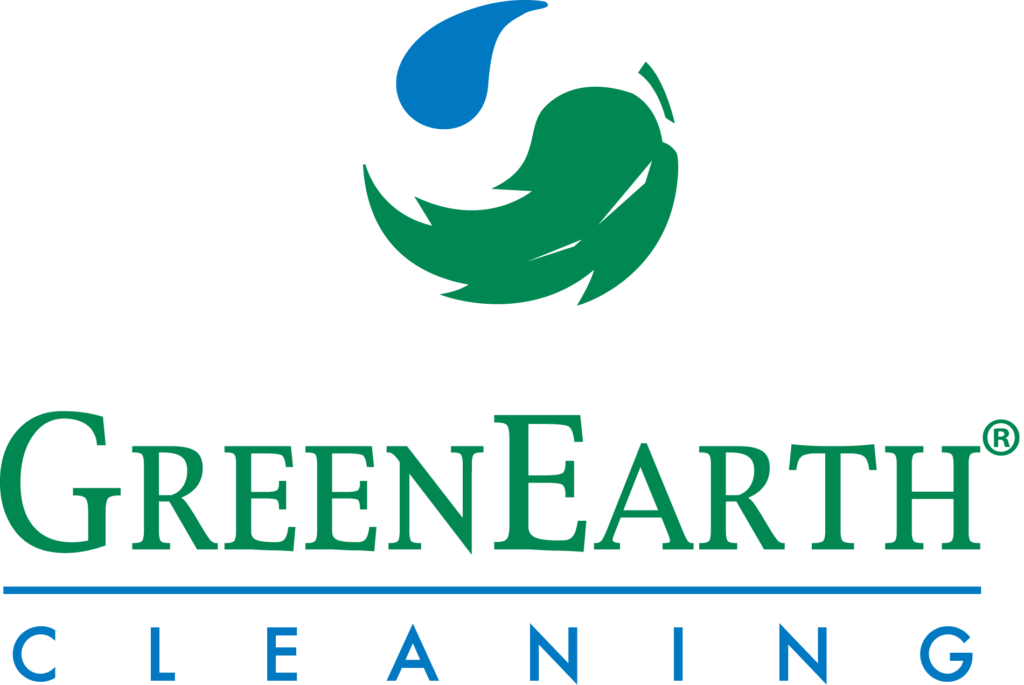
Dry Cleaning: SGS Compares GreenEarth and Perc
Dry Cleaning: SGS Compares GreenEarth and Perc. (full article here)
Besides environmental considerations, the ability to effectively clean clothes is an important factor to consider when using solvent alternatives. The solvent should not cause the fabric or garment to unnecessarily fade, bleed colour, change in dimensions (shrinkage), weaken or damage trims and still be effective at cleaning and removing stains. To examine silicone-based dry cleaning as an effective alternative for replacing “perc”, the cleaning performance of silicone-based dry cleaning has been compared to perc dry cleaning. According this research, silicone –based dry cleaning is comparable to perc dry cleaning in performance on garment care and staining removal ability.
The Greening Trend in Drycleaning
Traditionally, perchloroethylene (also known as “perc’), is a chemical solvent that is widely used in the textile industry for dry cleaning. However, it has been classified as a hazardous substance. According to the US EPA, “perc” is a toxic air pollutant which is known or suspected to cause cancer and other harmful health and environmental effects. [1] Owing to these reasons, some government bodies are starting to phase out the use of “perc” in the dry cleaning process. In 2006, the California Air Resources Board voted to phase out “perc” dry cleaning by 2023. [2] Also the US EPA announced that all existing “perc” dry cleaning machines in co-residential facilities are prohibited in the US after Dec 21, 2020. [3] In 2012, the French Ministry of Environment and French Health & Labour Ministry decided that no new dry cleaning shops using the “perc” process will be permitted to be located adjacent to residential properties. [4]
The health risks of perchloroethylene as a dry cleaning solvent has spurred the interest in alternative solvents to replace the use of perc. One the potential alternatives developed is a silicone–based solvent called decamethylcyclopentasiloxane (D5).
This silicone–based dry cleaning solvent is a clear, odorless, non-toxic solvent used in a closed loop system. Currently the Air Resource Board of California and the Department of Environmental Conservation of New York State approve D5 and other solvents including hydrocarbons to replace “perc’ solvent in dry cleaning. [5, 6] Worldwide, there are now more than 1,600 dry cleaners using D5. Some retailers and brands have adopted a dry cleaning process based on D5 solvent for their garments.
Cleaning Performance of Silicone-based Drycleaning
Besides health and environmental considerations, the ability to effectively clean clothes is an important factor to consider when using alternative dry cleaning solvents. The solvent alternatives should have good garment and fabric care properties. That means they will not cause the fabric or garment to unnecessarily fade, bleed colour, change in dimensions (shrinkage), weaken or damage trims and still effectively clean the garment and remove stains.
Studies show that silicone and Perc dry cleaning solvents exhibit similar dry cleaning effects in terms of fabric and garment care. Both silicone dry cleaning and Perc dry cleaning do not cause unnecessary colour fading, bleeding and dimensional change. For garment care, silicone dry cleaning shows better performance because it causes less damage to plastic trims and printing. In stain removal performance, silicone dry cleaning is comparable to Perc dry cleaning in removing a variety of stains like wine, coffee, soy sauce, oil, spaghetti sauce and lipstick but Perc is better at removing ball point pen ink marks.
To participate in the greening trend of using safer alternative dry cleaning solvents, SGS, in partnership with GreenEarth Cleaning LLC, has developed a new garment silicone-based dry cleaning testing service using GreenEarth dry cleaning system. SGS is offering dry cleaning testing using the official GreenEarth silicone-based solvent and the proprietary cleaning system to assess the appearance, dimensional stability and hand feel of the garment. SGS also offers a consultancy service to evaluate the suitability of this new dry cleaning process on garments and textile products, assuring that a garment remains presentable after being dry cleaned by this method.
SGS Global Softlines has an extensive network of over 40 laboratories worldwide, with a strong team of committed professionals from multi-disciplinary backgrounds. Our internationally accredited state-of-the-art testing laboratories offer a comprehensive range of physical, chemical and functional testing services for components, materials and finished products. We help your company ensure quality, performance and compliance with international, industrial and regulatory standards worldwide. Discover more at www.sgs.com/softlines.

